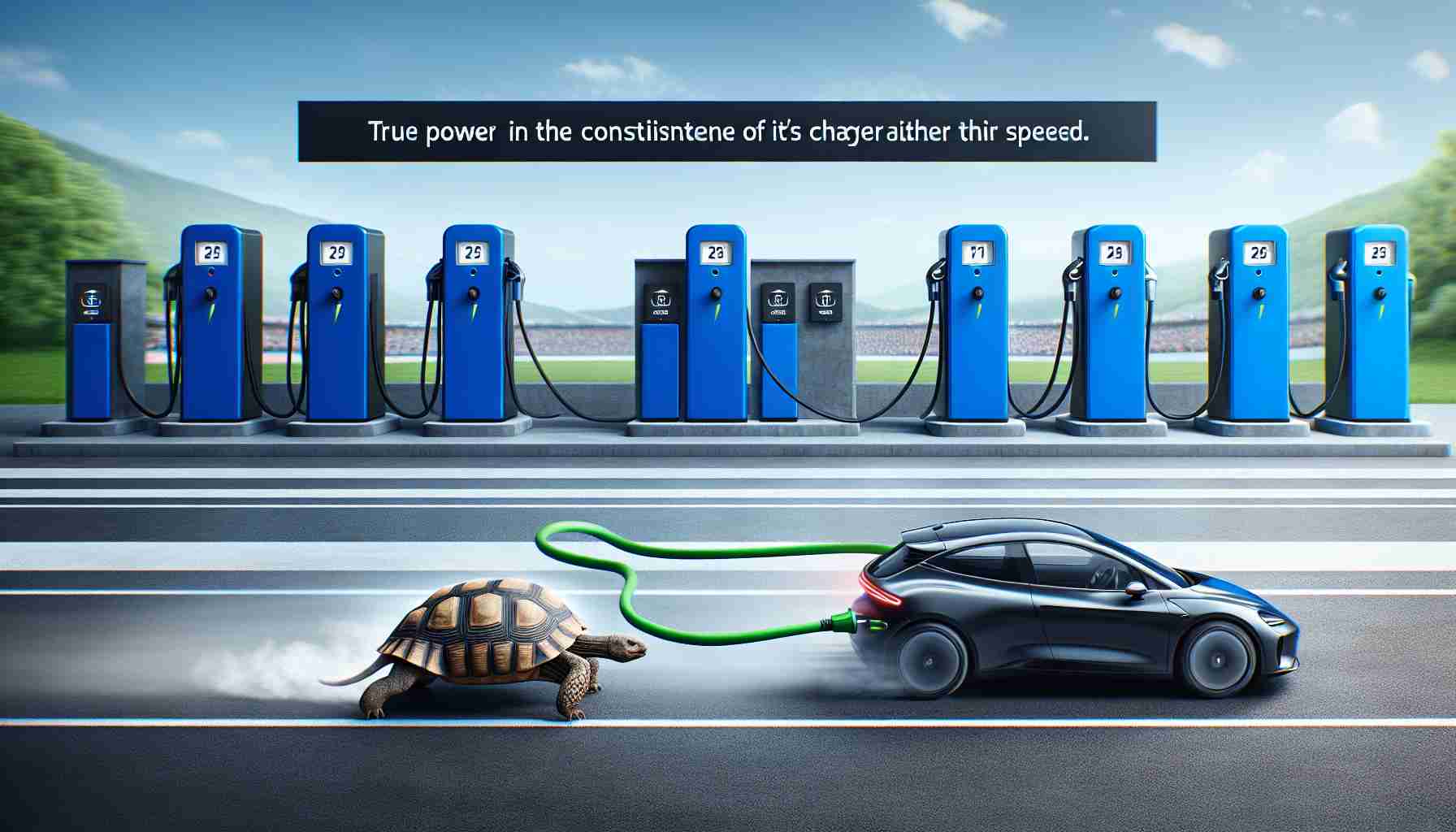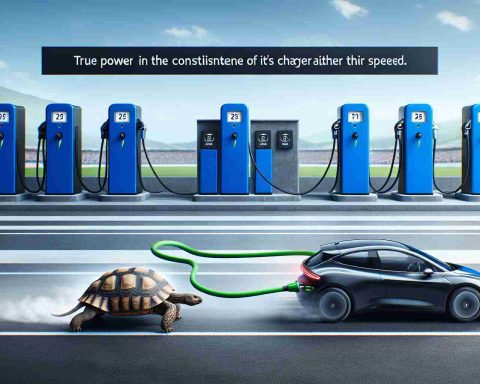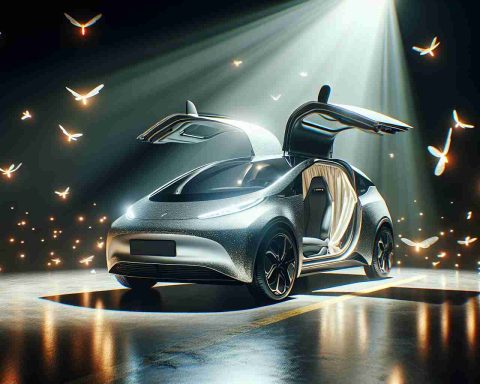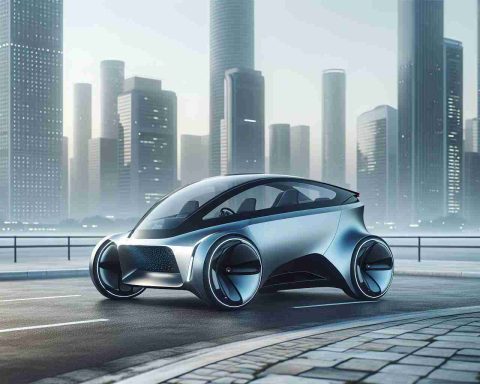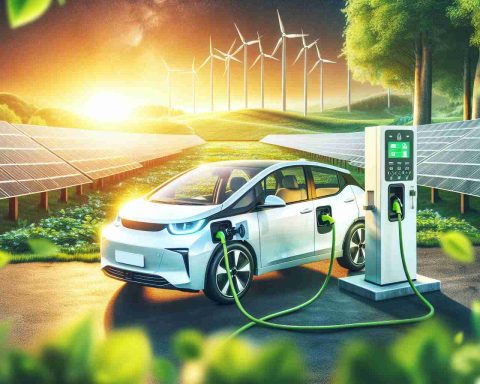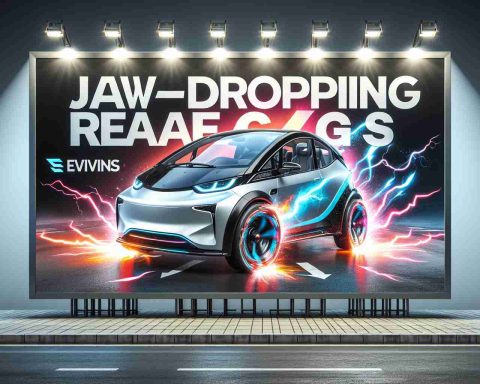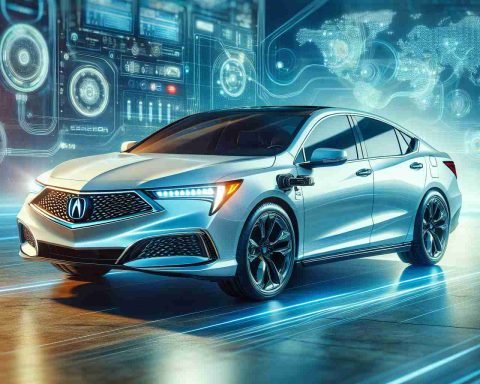- Electric vehicles (EVs) suffer from range anxiety, exacerbated by inconsistent charging speeds.
- Automakers emphasize peak charging power, but this is often misleading as rates quickly taper off.
- Tesla’s Superchargers highlight 250-kilowatt peaks; however, an average charging rate is around 95 kilowatts.
- Success in EV charging technology lies in maintaining consistent and high charging rates.
- The Hyundai Ioniq 5 effectively sustains over 200 kilowatts for a significant portion of its charge cycle.
- Advances in battery technology, like StoreDot’s initiatives, may soon alleviate range anxiety.
- The key to overcoming EV charging challenges is achieving sustained charging efficiency.
Electric vehicles promise the thrill of silent acceleration and eco-friendly travel, yet beneath their sleek exteriors lurks a constant worry: range anxiety. The solution, contrary to popular belief, doesn’t rest in lightning-fast charging speeds but in the ability to sustain those speeds consistently.
Strolling through the labyrinth of EV jargon, it’s easy to get lost in boasts of peak power prowess. Many automakers highlight their latest models’ ability to absorb massive amounts of electricity in mere minutes. However, they shy away from revealing that such power surges only occur fleetingly. Remember the buzz about Tesla’s Superchargers nudging 250-kilowatts? A Model 3 might reach this crest for a heartbeat, but its charging rate quickly stumbles, averaging just 95-kilowatts over a typical 10% to 80% state of charge.
Visualize pulling up to a gas pump that starts with a gush equivalent to Niagara Falls, only to dwindle to a trickle before your tank is full. The frustration is palpable. The real triumph in EV technology is not just sprinting to this peak but sustaining a brisk pace throughout the journey. Hyundai’s Ioniq 5, for instance, gracefully maintains over 200 kilowatts for almost 60% of its charging cycle, showcasing how mastery in consistency can double effective charging rates compared to rivals.
As battery technology evolves, the horizon glows with promise. With ambitious efforts like those of StoreDot, aiming to revolutionize what sustained charging could be, we edge closer to erasing range anxiety altogether. In the electrifying dance of sustainability, it’s clear that steadiness wins the race.
Unlocking the Future of Electric Vehicles: Beyond Peak Power Charging
How-To Steps & Life Hacks
1. Plan Your Route with Charging Stops in Mind: Use apps like PlugShare or A Better Routeplanner to identify charging stations along your route, ensuring you have multiple options.
2. Charge When it’s Convenient, Not Necessary: Top up your EV whenever you stop instead of waiting for the battery to run low. This helps avoid stress over range anxiety.
3. Optimize Your EV’s Range: Keep your EV’s battery between 20%-80% for optimal longevity and performance. Avoid frequent full discharges or charges when not needed.
Real-World Use Cases
Electric vehicles (EVs) are becoming increasingly viable for a variety of applications beyond personal use:
– Ride-Sharing: Companies like Uber and Lyft have started integrating EVs to reduce carbon footprints.
– Last-Mile Delivery Services: Companies like Amazon are beginning to use EVs for deliveries, benefiting from low operational costs.
– Municipal Fleets: Cities are adopting EVs for public transit and official vehicles to reduce emissions.
Market Forecasts & Industry Trends
The global electric vehicle market is expected to grow at a CAGR of over 29% from 2023 to 2028, driven by advancements in battery technology and governmental incentives. Companies like Tesla, Hyundai, and Volkswagen are leading the charge with innovative battery solutions that offer faster, more consistent charging capabilities.
Reviews & Comparisons
– Tesla Model 3: Highly praised for its performance and efficiency, but charging speed tapers off quickly after peak.
– Hyundai Ioniq 5: Noted for its ability to maintain high charging rates over extended periods, outperforming many rivals in long-haul efficiency.
– Ford Mustang Mach-E: Offers robust performance and a balanced charging experience but lags slightly in innovative charging technology.
Controversies & Limitations
– Infrastructure Challenges: The uneven distribution of charging stations remains a primary hurdle in mainstream EV adoption.
– Battery Degradation: Fast charging, if not properly managed, may lead to quicker battery degradation over time.
Features, Specs & Pricing
– Tesla Model 3: Starting around $39,000 with a range of up to 358 miles per charge.
– Hyundai Ioniq 5: Starts at approximately $42,000, offering a range up to 303 miles and an ability to sustain high charging speeds.
– Ford Mustang Mach-E: Priced around $43,000, with a range of up to 305 miles.
Security & Sustainability
EVs offer robust security features including advanced driver-assistance systems (ADAS) and Internet of Things (IoT) integrations. From a sustainability perspective, they contribute significantly to reducing greenhouse gases but face challenges in battery disposal and raw material sourcing.
Insights & Predictions
Battery technology will continue to evolve, with solid-state batteries predicted to replace current lithium-ion options due to their improved efficiency and safety. Continuous advancements may further decrease costs and increase range, making EVs more accessible.
Tutorials & Compatibility
– EV Maintenance Tips: Regularly check tire pressure and conduct monthly battery health checks.
– Compatibility with Charging Networks: Ensure your EV model is compatible with prevalent charging networks like Tesla Superchargers or ChargePoint.
Pros & Cons Overview
Pros:
– Reduced environmental impact
– Lower operating costs compared to gasoline vehicles
– Quiet and smooth ride
Cons:
– Higher initial purchase price
– Limited charging infrastructure in certain areas
– Potential for decreased battery performance in extreme temperatures
Actionable Recommendations
– Stay Informed: Subscribe to newsletters from trustworthy platforms like Tesla or Hyundai for the latest in EV tech.
– Optimize Charging Practices: To preserve battery health, utilize home charging during off-peak hours whenever possible.
– Consider Secondary Benefits: Many regions offer tax incentives and rebates for EV purchases, which can often offset the higher upfront costs.
Embrace the transformation with educated decisions and practical habits to fully capitalize on the electrifying promise of EV technology.
